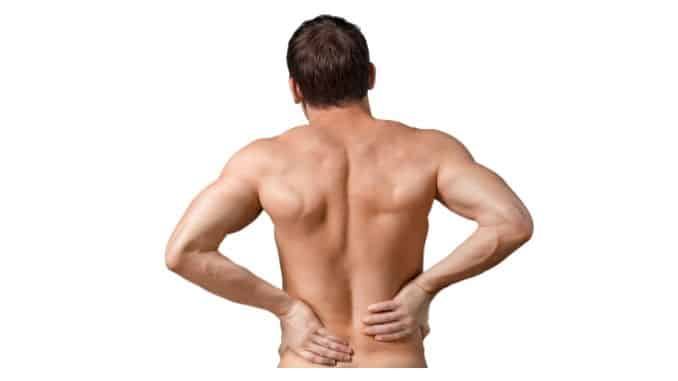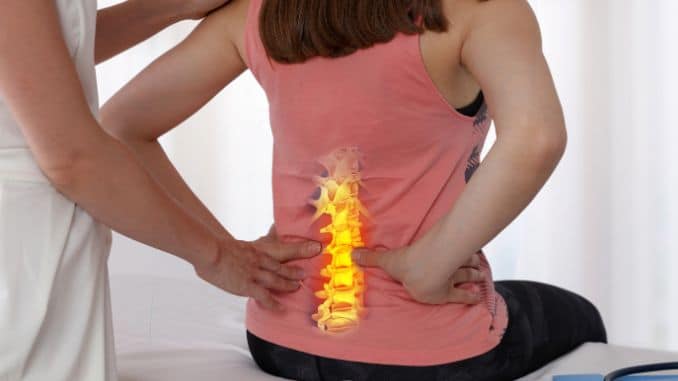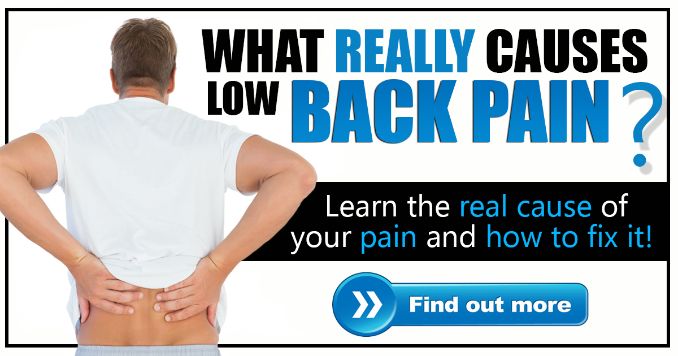It is very common for people suffering from low back pain to walk into a clinic and see a practitioner about their low back pain, often thinking they have low back arthritis, degenerative disease, disc problem, or a low back bones burst. While you don’t want to ignore when doctors or other health care professionals tell you the findings in your scan, it’s really important to find a comfortable way to start moving and achieve a low back happy spine.
Research gathered a hundred people who had no back pain and they scanned their backs to see what’s the incidence of this kind of issue when we perform an X-ray, CT scan, or MRI.
The result showed that 80% who had no previous scans and history of back pain actually had some findings on their scan like arthritis, disc bulge, or bones burst. This basically tells us that this is a normal part of the aging process. They are like the silver hair and wrinkles on our inside.
What we know about our back is that it is a strong and resilient piece of architecture. Our back is designed to hold us up by not allowing any muscle activity. Therefore, have confidence that your back is resilient and strong even if you may not feel that way right now.
You can also do some things to help it feel more strong and resilient and feel confident that you are not harming yourself when you move your back. Movement is very important for the many structures in the joints. Our back is made up of many joints. The disc in our back is a joint with a real thick ring of fiber cartilage

The disc is mostly cartilage and it gets nutrition from movement, and there’s not a lot of blood supply in those structures. The way that the cartilage gets nutrition is from movement. We have already discussed in our previous talk that cartilage gets nutrition from movement. Movement weaves nutrition into the cartilage. Moving your low back every day in a way that is outside your normal habit is an important thing to make your low back happy and healthy.
You may want to read the book of Norman Doidge, MD titled, “The Brain that Changes Itself”. From the perspective of being able to change your brain and change your body, creating neural pathways allows you to do things and be able to manipulate your body to move. It triggers your body's safety mechanism, signaling your brain it's safe to move into that position.
Sometimes, with the pain that we feel, it is mostly our body telling us to be careful. An example of this is a paper cut. Despite the abundance of neurons in our fingertips signaling danger to the brain, the injury is minor.
Our brain tells us that it is quite a major injury based on the pain that we perceive. Moving differently can ease pain, often prompting it to dissipate as our brain signals that things are manageable.

Many patients report stiffness in their lower back when bending or lifting. Often when we flex, that’s when our back starts to give us trouble. Most people would then immediately feel that they have done something to their spine. In the majority of cases, it is not the spine that’s the problem. It is the muscle that supports the spine and that is the neuromuscular unit. Bending, extending, and rotating are key to making your back more comfortable and flexible in any position. If your back feels stiff when bending forward, start by unloading it.
Exercise #1:
Sit upright, with your feet flat on the floor, and place the pillow between your knees. Try to bring your knees together, squeezing the pillow. Afterward, contract your core then lift your heels and raise your toes. Perform this exercise for 10-15 repetitions.
 Start |
 End |
This exercise aims to activate the flexion pattern in your lower body, focusing on your legs and hips.
Exercise #2:
Sit upright, with your feet flat on the floor, and place the pillow on your lap.Then, bend forward, resting your chest, head, and arms on top of the pillow. Hold this position for 10-20 seconds.

The purpose of this exercise is to relax and allow some release of muscle tension in your lower back.
Exercise #3:
Lie on your back on the floor or your bed with your knees bent and feet flat, relaxing your upper body. Then, extend your arms overhead and arch your back, bringing your hips back. Afterward, hold this position for a couple of seconds. You may also bend your upper body from side to side for progression.

Exercise #4:
Lie on your back on the floor or your bed with your knees bent and feet flat, relaxing your upper body. Afterward, contract your abdominal muscles to bring your knees to your chest. Pull your knees closer by wrapping your arms around your knees. Hold this position for a couple of seconds. You may also massage your back by rocking your lower body from side to side or you can do circles with your knees for progression.

This is a great way of waking your back in the morning or if you traveled somewhere and you feel stiff from sitting. This is a nice thing to do to get your blood flowing in the lower part of your back and getting your low back muscles to relax.
Alternative exercise:
Lie on your back on the floor or your bed with your knees bent and feet flat, relaxing your upper body. Contract your abdominal muscles to bring your knees to your chest. Lower one leg down, extending your leg out front. Then, return to the starting position and repeat the movement on the opposite leg.
 Start |
 End |
Exercise #5:
Downward Dog
Begin in a 4-point position, with your hands underneath your shoulders and your knees underneath your hips. Afterward, tighten your abdominal area and lift your hips toward the ceiling, straightening your arms and legs. Slightly shift your hips back, dropping your head to the floor and maintaining a good alignment with your head, shoulders, and hips. Hold this position for a couple of seconds.

The purpose of this exercise is to strengthen your upper shoulder girdle, unloading your low back and opening up your hamstring. This is a nice unloader at the end of the long day of sitting and standing.
Online Questions:
Question: I Think I’m having tight Psoas that bother me when getting up in the morning or from sitting to standing. – Kelly Chesley
Answer: For those who don’t know the term, the psoas is the muscle that goes from the top of your leg bone and it attaches up to your lumbar spine. Often, when people complain of having tight, sore, or short iliopsoas, that’s your big hip flexor. If you sit a lot during your workday, it’s nice to get up and open up your hip flexors. You may also want to visit www.exercisesforinjuries.com. There you can find a lot of great videos on opening and unlocking your hip flexors. There are also lots of videos on Healing Through Movement that you’ll find about hip flexors. The exercises given will also definitely help you with your tight psoas.
Question: Will these help with my SI Joint. It doesn’t stay in place causing one leg to be shorter hence low back pain, knee pain too. – Karin Sioux
Answer: If you do things like these to help to get some movement in your back and if it feels more comfortable to use the gluteal muscles in your back, then that‘s really nice for your SI joint. For those who are not familiar with the term, your SI joint or sacroiliac joint is located where your tailbone ends and where your pelvic bone begins. The SI joint is supported by the buttock muscle, abdominal muscles, and your latissimus or wing muscle.
Discover the key to unlocking a pain-free life with our revolutionary “Low Back Pain Solved” digital download! Bid farewell to discomfort and hello to freedom as you embark on a transformative journey towards a healthier, happier you. Packed with actionable insights, proven techniques, and expert advice, this digital resource is your ticket to reclaiming control over your low back health.





